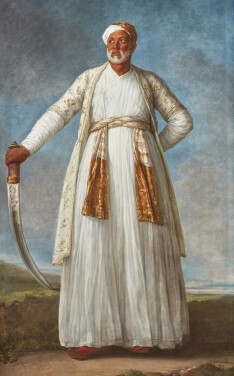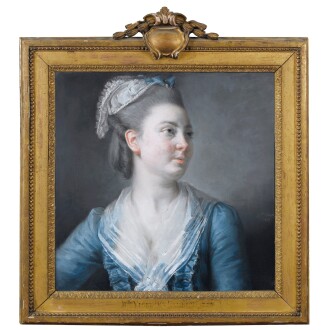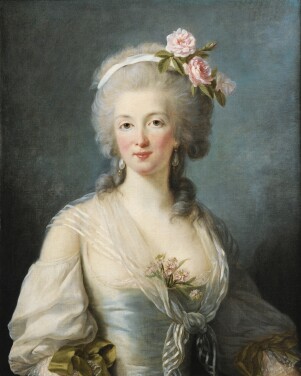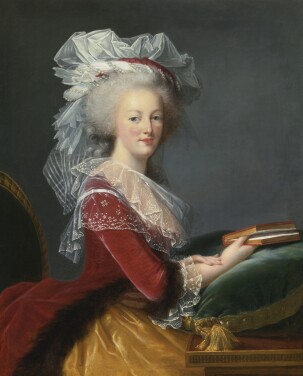Works by Elisabeth-Louise Vigée LeBrun at Sotheby's
Elisabeth-Louise Vigée LeBrun Biography
Elisabeth Louise Vigée-Le Brun (1755–1842) was one of the most successful portraitists of 18th century France, gaining renowned in particular for her self-portraits and depictions of courtly women, Queen Marie Antoinette most famously. Born in Paris as the eldest child of the portraitist Louis Vigée (1715–1767) and Jeanne Maissin, Vigée Le Brun was trained by her father from an early age. She succeeded in gaining entrance to the Académie de Saint-Luc at the age of just nineteen, a remarkable accomplishment for a woman at the time.
By the late 1770s Vigée Le Brun’s reputation as a portraitist had become well established. In 1778 she was called to Versailles to paint a full-length portrait of the young Queen Marie Antoinette. The tremendous success of this portrait led to a number of royal commissions and the continued patronage of the Queen and her circle. In her memoirs, Vigée Le Brun recalls a particularly memorable story with the Queen. The artist fell ill during her second pregnancy and unexpectedly missed an appointment for a sitting with the Queen. Upon her arrival the following day, she was so eager to apologize that she spilled her box of paintbrushes, and despite her protests, Marie Antoinette insisted on picking them up for her.
Vigée Le Brun painted self-portraits frequently; her beauty is well documented, not just through her own self-portraits but also in the portraits and written descriptions of others. She created a number of touching portraits of her daughter, Jeanne Julie Louise Le Brun, who was born in 1780.
During the Revolution, Vigée Le Brun left France and traveled throughout Europe for many years, spending time in Italy, Vienna, Russia, England and Switzerland. She was greeted warmly in most aristocratic circles, and in the tradition of the courtier-artist, was often treated as the social equal of her sitters. She returned to Paris in 1809 and spent the remainder of her life in France.












